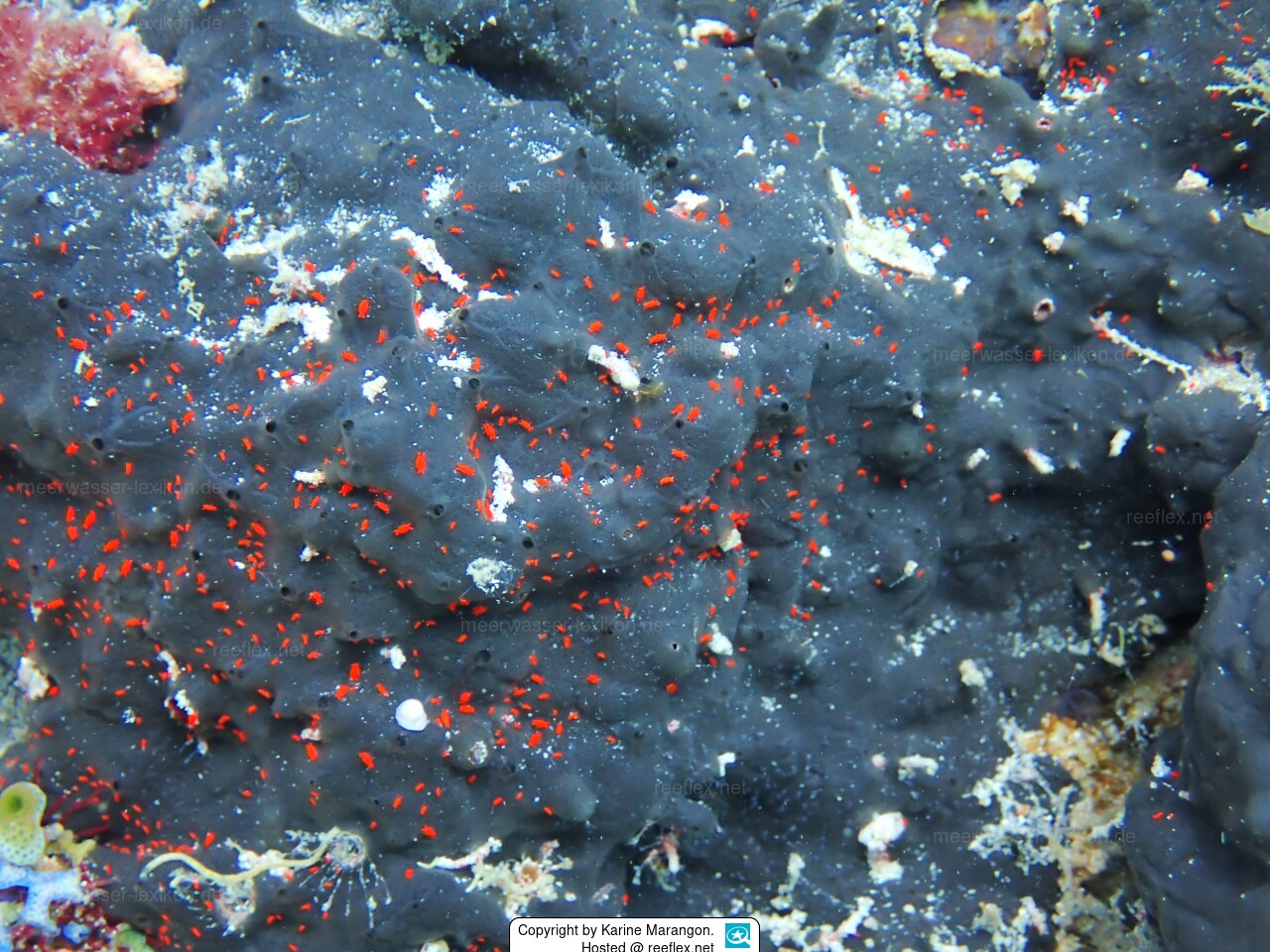Info
Santia hispida was found in a wide variety of habitats, in the intertidal zone it occurred both in tidal pools, which are rarely reached by the tide, and in the very exposed outer part of the surf zone.
The species was found under and between rocks, between lithothamnion and other algae.
Further from the mainland, Santia hispida was found at depths of 5-10, 30-45, 40, and 40-60 meters, both inside and outside the Macroaystis belt, usually on a hard bottom with rocks, sponges and algae, but also on a sandy bottom with algae.
Synonym: Antias hispida Vanhöffen, 1914
The species was found under and between rocks, between lithothamnion and other algae.
Further from the mainland, Santia hispida was found at depths of 5-10, 30-45, 40, and 40-60 meters, both inside and outside the Macroaystis belt, usually on a hard bottom with rocks, sponges and algae, but also on a sandy bottom with algae.
Synonym: Antias hispida Vanhöffen, 1914







 Kary Mar
Kary Mar


